I’m a Health Coach — Here are 13 Ways to Get Into the Best Shape of Your Life After 50

As we age, maintaining our health and wellness becomes more critical, especially when faced with the overwhelming amount of information out there. I’m Lindsay Tullis, a National Board Certified Health and Wellness coach, and I’ve spent years helping individuals over 50 live their healthiest lives. Whether you’re starting fresh or picking up where you left off, I’m here to guide you through the process. This journey is about more than just fitness—it’s about embracing a holistic approach that fits your unique needs and goals. Let’s work together to make your 50s and beyond your best years yet. Here are a few tips to help kickstart your journey to a better, healthier YOU.
RELATED: Why Walking Only 3,867 Steps a Day Is All You Need, Science Says.
1
Consult with a Physician

Before beginning any new exercise or dietary program, it’s always a good idea to check in with your doctor to ensure it’s safe and suitable for your health status and get insight on any modifications that may need to be made.
2
Start Slow
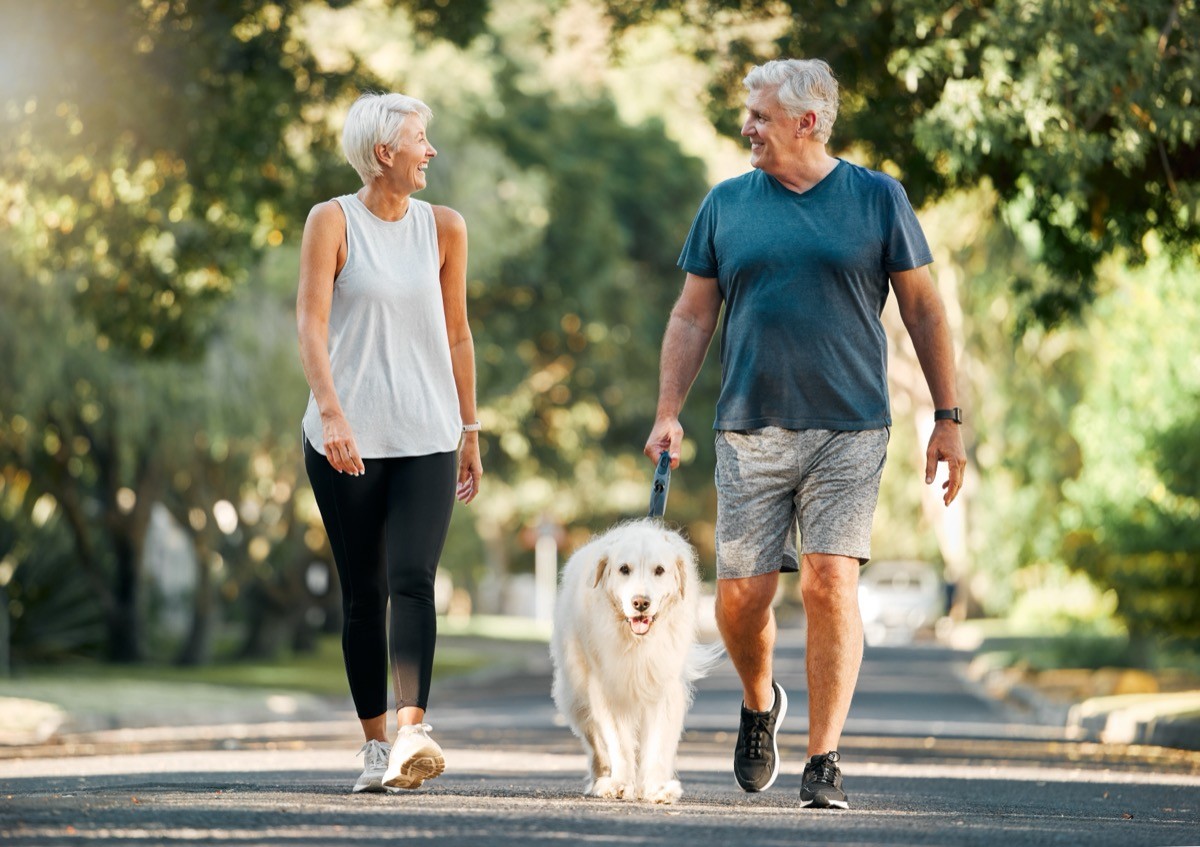
Begin with low-impact, joint-friendly exercises and gradually build up intensity. Walking, swimming, and gentle yoga or stretching are excellent starting points. It’s easier to start slower than you might need to and build from there, instead of starting off too strong and risking overuse injuries.
3
Balance is Key

Focus on a mix of cardiovascular exercises, strength training, flexibility, and balance. Each aspect is crucial for overall health, especially as we age.
4
Listen to Your Body
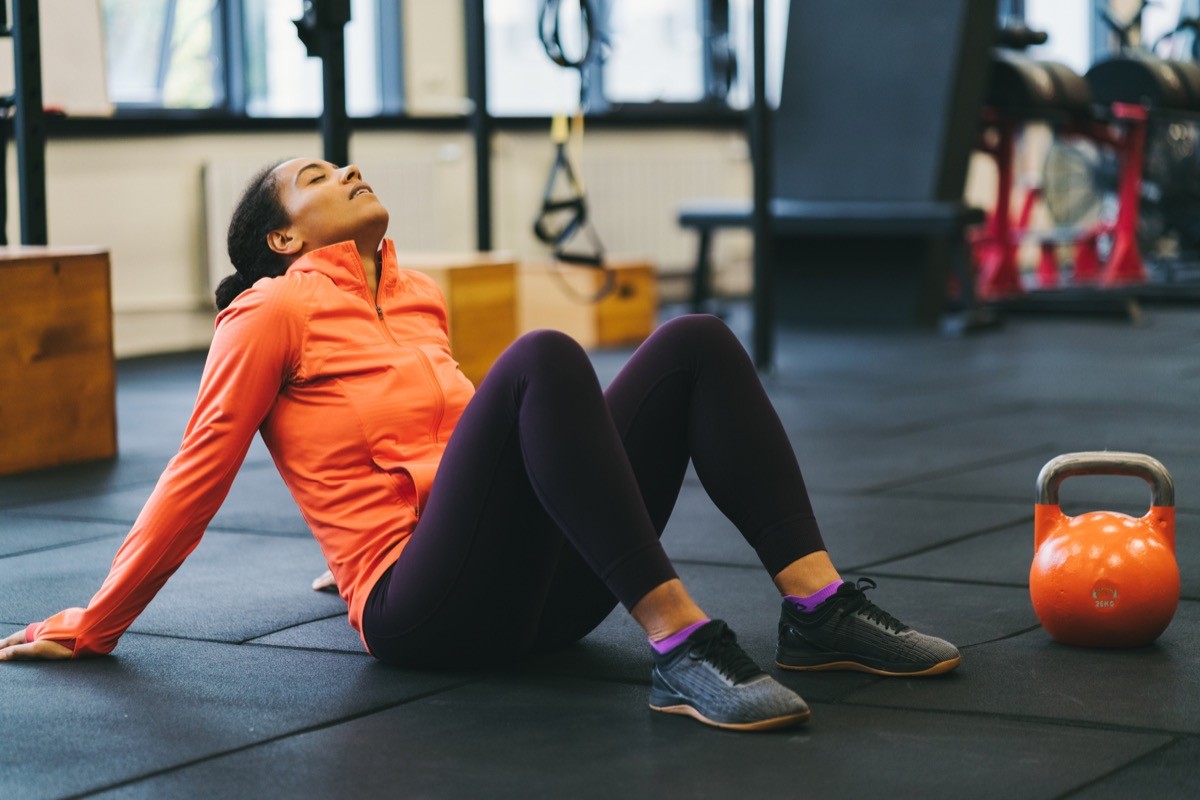
Pay attention to how you feel. Rest if you’re fatigued or experience pain, and don’t hesitate to modify exercises to suit your comfort level.
RELATED: 7 Best Exercises to Improve Your Balance, According to Fitness Experts.
5
Mindset and Support
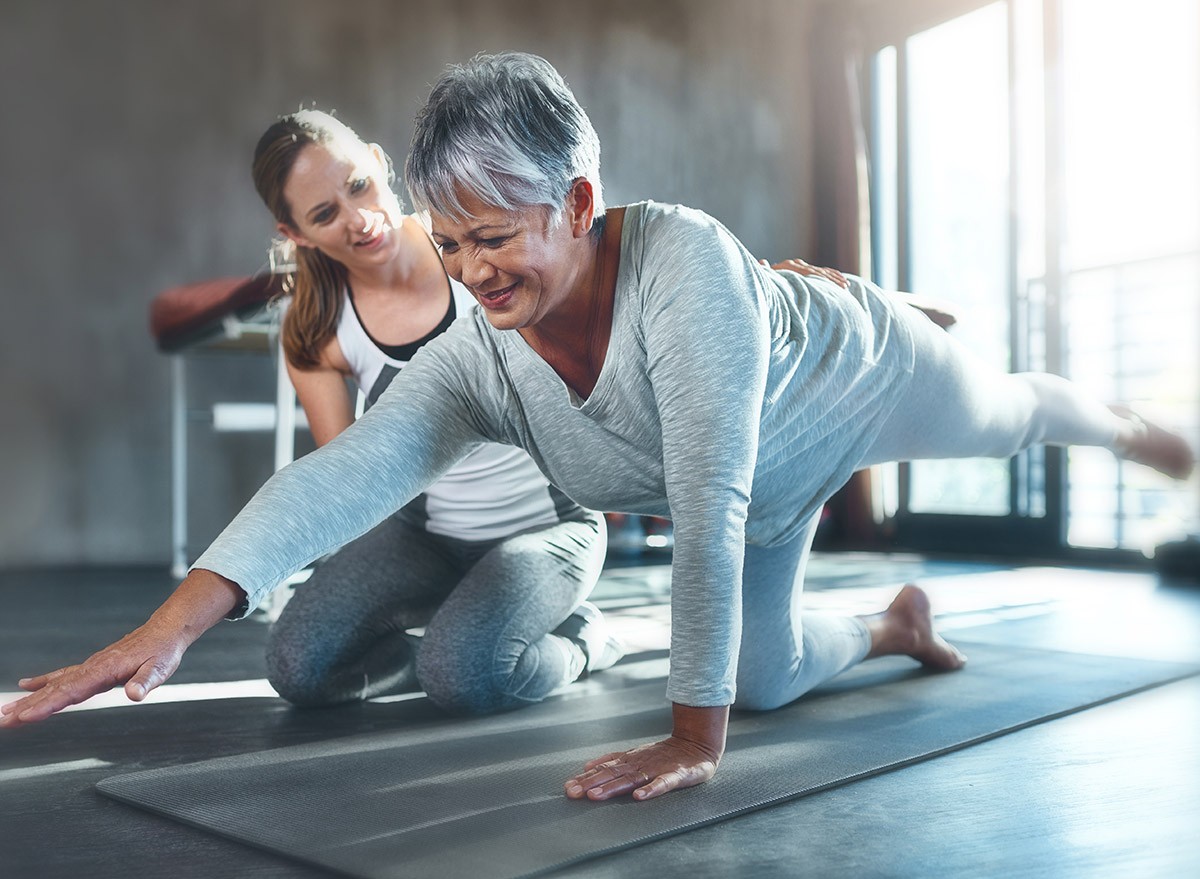
Approach this new journey with a positive mindset. Engage with a supportive community or seek out a health coach for guidance and motivation.
6
The Importance of Safety and Balance
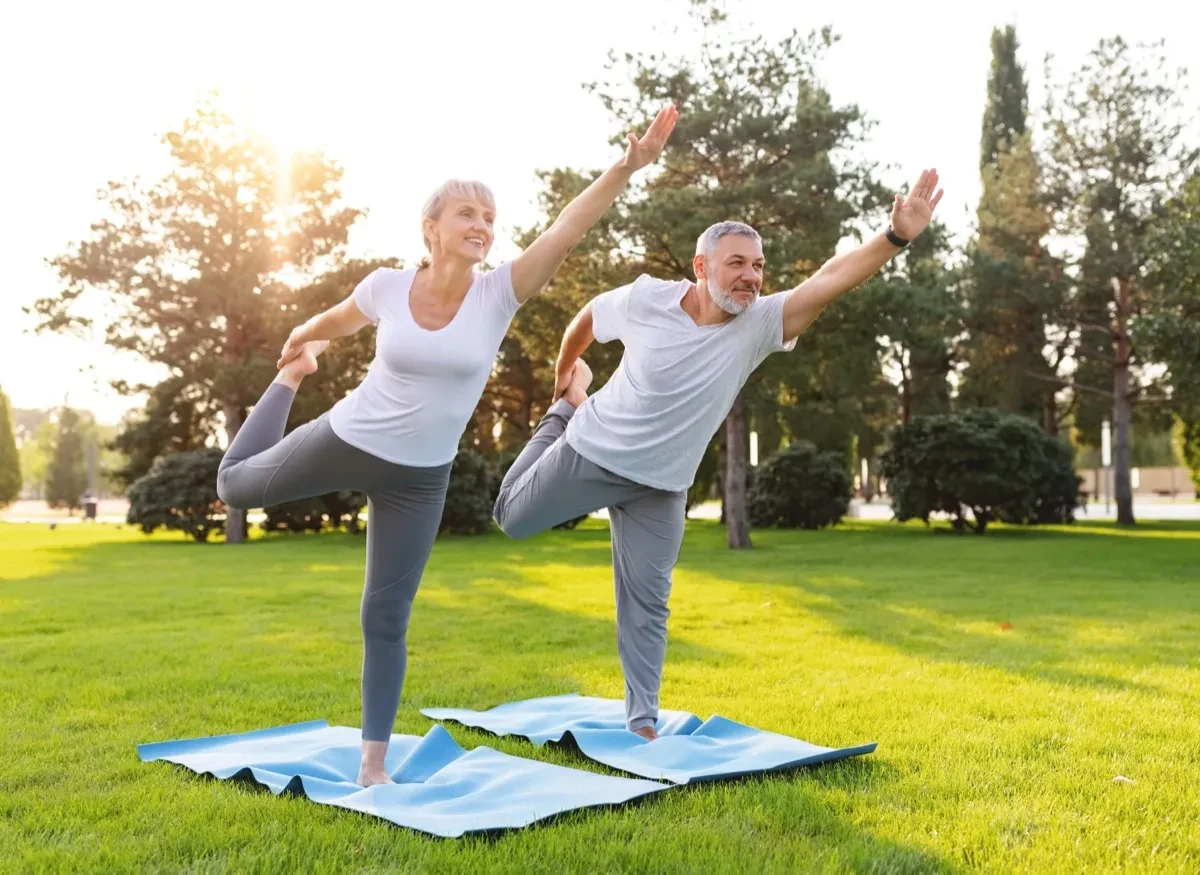
The most important factors for getting into shape after 50 are safety and balance in routine. It’s important to seek out a routine that is safe, putting into consideration any mobility, balance or health considerations. In addition, finding a balance in routine that is manageable and realistic will make the routine much more sustainable.
7
Cultivate a Positive Outlook
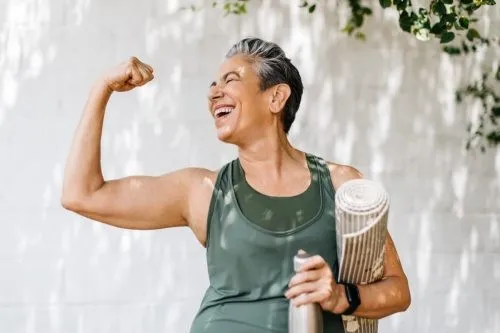
Having a positive outlook and mindset helps you navigate any challenges and ups and downs that come along with starting a wellness routine. Create affirmations for yourself and give yourself patience and grace.
8
Set Realistic Goals

Start with achievable goals that will set you up for success and motivate you to keep going. Think about both short-term and long-term objectives.
RELATED: 91-Year-Old Fitness Star Shares Her Best Workout Tips to Stay Young.
9
Focus on Balanced Nutrition

Focus on a balanced diet rich in whole foods, lean proteins, healthy fats, and plenty of fruits and vegetables. Proper nutrition fuels your body and enhances recovery.
10
Incorporate Strength Training

Building muscle mass helps to maintain a healthy metabolism, improve balance, and protect joint health, which are crucial as we age.
11
Stay Hydrated

Hydration is key for maintaining energy levels and supporting bodily functions. Aim to drink plenty of water throughout the day.
12
The Importance of Rest and Recovery
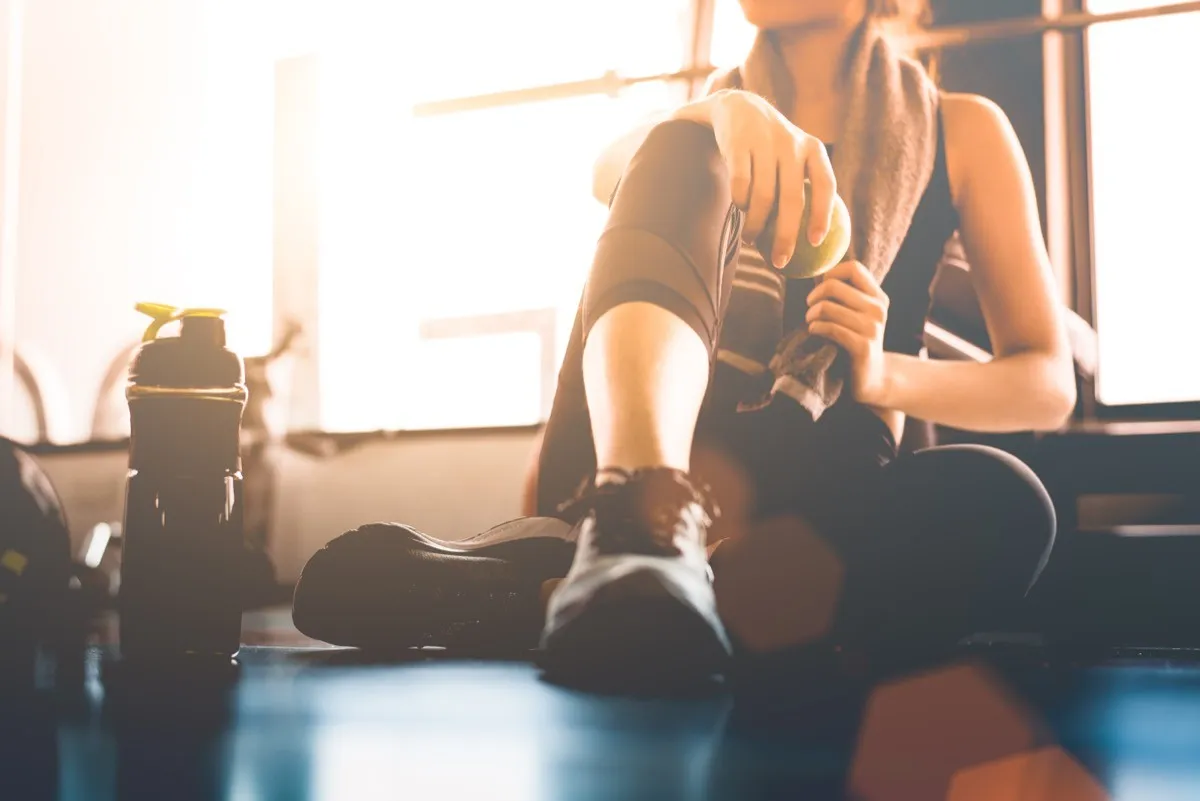
Ensure you’re getting quality sleep and planning rest into your routine, allowing time for your body to recover between workouts. Recovery is just as important as exercise!
RELATED: Silent Walking Is the Latest Wellness Trend Everyone’s Talking About.
13
Embracing Your Unique Wellness Journey

Remember that everyone’s journey is different and not one journey is linear. Meet yourself where you are at and set realistic goals. Incorporate fun and joy into your new routines. Lastly, surround yourself with those that are also interested in living a healthy lifestyle. Loneliness increases as we age, so seek out community centers, group fitness classes, or even a walking club to not only support your physical health but also your social health.